Recommendation points
- Household hydroponic plants
- “Chudorost”
- “Sunflower”
- “Greenfood-3/150”
- DIY hydroponics installation
- Preparing the nutrient solution
- How to properly convert plants to hydroponics
The soilless method of growing indoor flowers, herbs and vegetables is becoming more and more popular. In the article, we will review the most effective and convenient household hydroponic installations, we will tell you how to make such an installation with your own hands and how to correctly transfer home crops to hydroponics.
The popularity of hydroponics is due to a number of undeniable advantages over soil cultivation. Groundless technology is simple and accessible to everyone, you just need to master a few simple rules and techniques.
Using hydroponics, almost any plant can be grown with much less labor than the conventional (soil) method. The culture grown by the hydroponic method receives all the microelements it needs, without spending time and effort in finding them, which is why such plants grow faster, practically do not get sick and give high yields.
In hydroponic cultivation, the root system does not suffer from a lack of moisture and from a lack of oxygen when waterlogged. Using this method, it is much easier to control water consumption, there is no need for frequent watering and feeding – you just need to periodically pour the nutrient solution into a special container. With hydroponic cultivation, crops are never deficient in nutrients or overdose. If you are using automated hydroponic plants, you can safely leave even for a month, without worrying that the beds will dry out..
Using the hydroponic method, you do not have to fight against numerous soil pests and fungal diseases, the spores of which spread across the surface of the earth. Rooms with hydroponic beds are easy enough to keep clean, midges flying over pots and other unpleasant factors accompanying soil cultivation will never appear here.
Today, there are many models of household hydroponic installations on the agricultural market that are suitable for growing greens, vegetables, seedlings and indoor flowers. These structures can be of various types, depending on the type of hydroponic growing – aquatic culture, substrate culture or aeroponics. We talked about this in more detail in the article “Hydroponics: the main methods and methods of growing garden crops at home”.
Household hydroponic plants
It is not difficult to buy an installation for soilless growing of plants today, you can do it either through an online store, or order at specialized retail outlets in your city. However, it should be noted that when buying, you need to pay special attention to the efficiency of the chosen model, ease of use and price-quality ratio. Practice shows that the most effective and affordable at the present time are the following designs: hydroponic vegetation module “Sunflower”, multi-tier plant for hydroponic cultivation “Greenfood-3/150”, as well as the simplest design for cultivating green onions on the windowsill “Chudorost” … Let’s take a closer look at each of them..
“Chudorost”
This simple setup allows you to grow chives on your windowsill all year round. The design is easy to use and efficient enough – a feather 30-40 cm long grows in two weeks.
“Chudorost” is a plastic container on which a platform for 18 medium-sized bulbs is put on top. Ordinary water is poured into the container (even from the water supply system), into which small air bubbles are injected with the help of a special device. When they hit the water surface, they burst, thereby creating the effect of a “water bath” in the space between the water surface and onion roots. Such conditions contribute to the rapid development of the root system, due to which the greens grow much better..
This simple hydroponic setup allows you to grow two green onions in a month. The cost of this design is available to everyone – it ranges from 600 to 700 rubles.
“Sunflower”
This hydroponic vegetation module is designed to grow a variety of vegetables (cucumbers, tomatoes, peppers, eggplants), greens, all kinds of indoor plants.
“Sunflower” is a metal frame 1 m long, 0.7 m wide and 2.3 m high. At the bottom of the structure there is a tank for a nutrient solution with a capacity of 40 liters, on which a plant area with six growing trays is put on top. Above there are spotlights with sodium lamps, the height of the lamps can vary depending on the height of the crops grown. “Sunflower” allows you to cultivate plants up to 1.5 m high.
The hydroponic plant is equipped with an efficient control unit, with the help of which the processes of feeding the nutrient solution and lighting are automated.
Considering its small size and weight of 35 kg, this vegetation module can be installed in any convenient place in an apartment or in a house..
“Greenfood-3/150”
This advanced multi-tiered household hydroponic installation allows you to grow vegetables, herbs, and bulbous flowers (daffodils, tulips, hyacinths) not only for yourself, but also for sale.
Greenfood-3/150 is a three-tier rack with trays for plants. Each tier is equipped with its own lighting system made of 40 to 60 W fluorescent lamps. At the very bottom, under the first tier, there is a block for growing seedlings and a tank for a nutrient solution with a capacity of 80 liters. The solution supply and the lighting on / off system are fully automated.
Greenfood-3/150 can be placed on an area of less than two square meters anywhere in your house or apartment. This installation has quite compact dimensions: length – 0.8 m, width – 0.75 m, height – 2.2 m, weight – 120 kg.
This household hydroponic plant costs twice as much as the Sunflower. However, these financial investments will make it possible not only to provide your family with vegetables and herbs, but also to receive an additional source of income, which over time can develop into a profitable business..
Such constructions are not affordable for everyone. However, do not despair, craftsmen have already come up with more than one way of making a hydroponic plant with their own hands, without spending a lot of money, time and effort..
DIY hydroponics installation
The operation of different hydroponic plants may differ in the way nutrients are supplied, which in turn depends on which hydroponic method is used (aquatic, substrate or aeroponics). The easiest way is to independently make an installation that works according to the principle of periodic flooding (substrate culture).
For this we need:
- Plastic bucket with a capacity of 10-15 liters with a lid.
- A plastic pot, the capacity of which should be about half the size (5-7 liters).
- An aquarium pump that you can buy at any pet store.
- A small piece of plastic tubing that fits the pump connectors and flexible overflow tubing.
- Any substrate, best of all expanded clay, with a volume equal to the dimensions of the pot. We described in detail what other materials can be used as a substrate in the article “Hydroponics: the main methods and methods of growing garden crops at home”.
- Electromechanical pump timer.
So, with 2-3 hours of free time, you can design a versatile hydroponic plant suitable for growing greens, vegetables and indoor flowers.
To do this, cut a hole in the lid of the bucket into which the pot can be tightly inserted. Make a hole at the bottom of the pot for the nutrient solution hose, and on the side for the overflow tube. The overflow tube must be installed 3-4 cm below the edge of the pot. This is necessary so that the nutrient solution does not overflow, since the pump (pump) cannot control its level, and through the overflow tube the excess solution will drain back into the bucket.
Next, we put everything in its place. We place the aquarium pump in a bucket, which will act as a container for the nutrient solution, fill the solution. We place the pot in the hole in the lid and fill it with expanded clay. Before planting plants, it is better to conduct preliminary tests..
The basic principle of operation of this simplest hydroponic plant is that the pump periodically feeds a nutrient solution into the plant pot. The pump is controlled by a timer, with which you can set the following operating mode: 15 minutes the pump is on, that is, the liquid is supplied to the roots, 30 minutes – off, the solution flows into the bucket and the root system breathes. The operation of the aquarium pump allows you to saturate the nutrient liquid with oxygen, which has a beneficial effect on the well-being of plants.
As already described in detail in the article “Garden on the windowsill: we grow cucumbers, tomatoes and various varieties of peppers” when cultivating plants in autumn and winter, it is necessary to organize additional lighting of the beds. For additional lighting of the above hydroponic installation, you can connect a second timer, which will independently turn on the light for 12-15 hours a day. Thus, with a little time and money, we get an efficient hydroponic plant, in which you can grow almost anything except root crops..
Preparing the nutrient solution
A ready-made nutrient solution for hydroponic cultivation can be purchased at specialized retail outlets, or, with a little savings, you can prepare it yourself. Under natural conditions, the plant receives the necessary substances from the soil, which means that the nutrient liquid can be obtained by preparing a water extract from ordinary soil, or better compost.
To do this, three to four kilograms of finished compost must be poured with a bucket of hot water (70–80 C °) and left to infuse for 1–2 days. After that, the infusion is filtered (the liquid turns out to be brown), and the compost is poured again and insisted. Any complex liquid fertilizer should be added to the finished strained solution in a proportion of 30-50 g per 10 liters of infusion. With this recipe for preparation, the concentration of the nutrient solution will be approximately 0.3-0.5%, which is quite enough for normal growth and fruiting. Further, as the nutrient fluid is consumed in our home-made hydroponic installation, add the same solution to the bucket, but diluted with settled water about 5 times.
From the foregoing, it is clear that everyone can do hydroponic cultivation, there would be a desire. If you decide to try your hand, it is not enough just to remove the plants from the ground and place them in a hydroponic plant. So that they do not die, they must be properly prepared for such a resettlement..
How to properly convert plants to hydroponics
It is better to transfer young small-sized specimens to soilless cultivation, the old ones do not take root well or die altogether. Before transplanting, the plant is well watered or the pot is placed in a container with water for an hour and a half, after which the culture is carefully removed and its root system is thoroughly washed under running water at a temperature of 18–20 C °.
After all these procedures, the plant is placed in a hydroponic plant. It should be noted that it is impossible to use the nutrient solution in the first two weeks – instead of it, ordinary settled tap water is poured into the container. After 12-14 days, the water is replaced with a weakly concentrated liquid, the concentration of the solution is gradually increased every week – first 1:10, then 1: 5, then 1: 2 and 1: 1.
If you have purchased hydroponically grown plants, then there is nothing to fear when transplanting. The only thing you should pay attention to in this case is the careful attitude to the root system. If the roots are large and highly tangled, it is best to cut them off a little and then place them in a hydroponic setup..
Groundless cultivation can be used to cultivate almost any plant (except root crops). Hydroponics is great for crops that have a positive attitude towards waterlogging (cucumbers, lettuce, various greens). The harvest of these plants using the hydroponic method can be obtained as early as 1.5-2 months after planting. We will talk in more detail about the features of soilless growing of vegetables, greens, indoor flowers and strawberries in the next article..


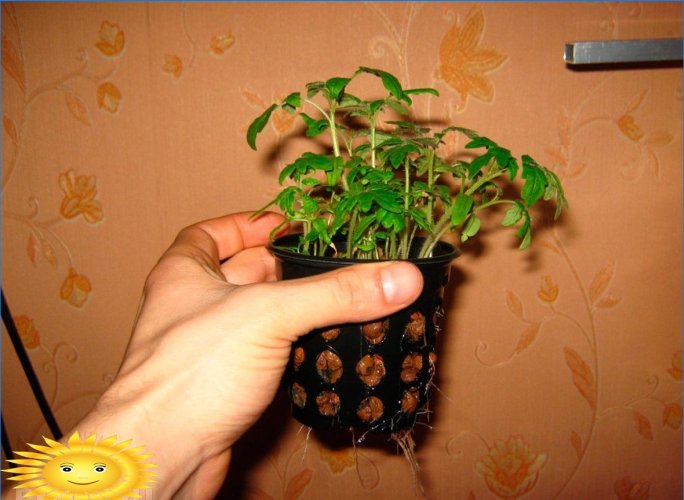
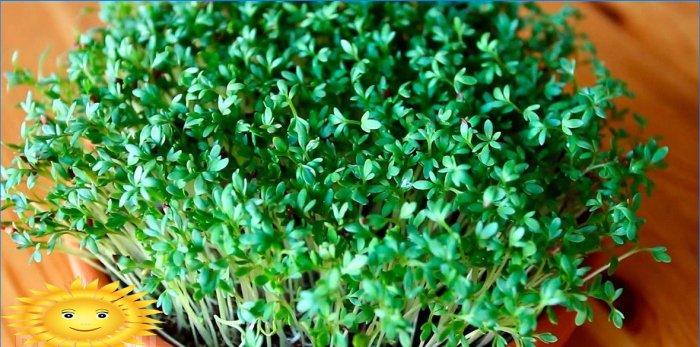
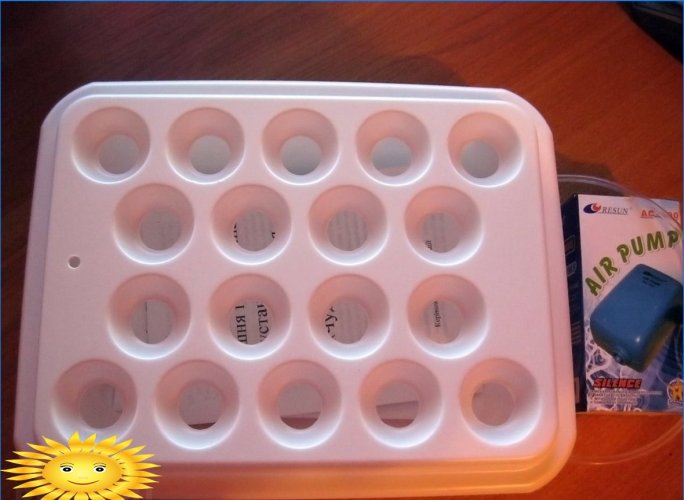
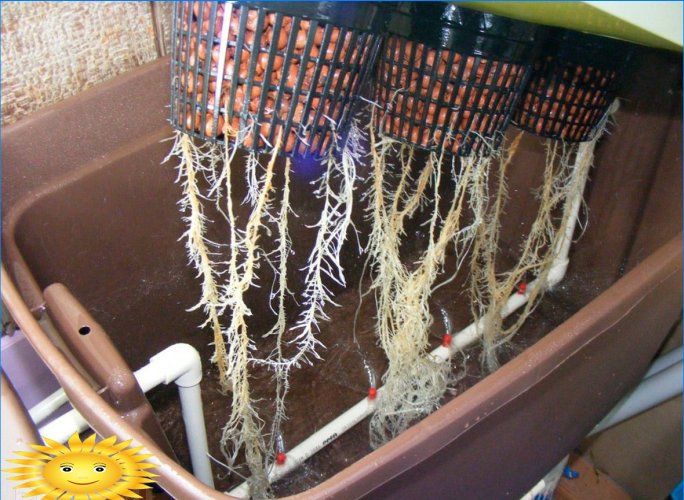
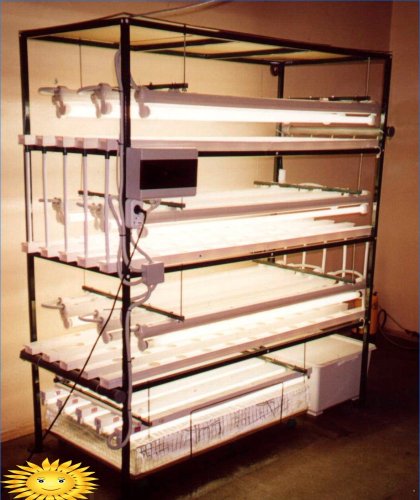
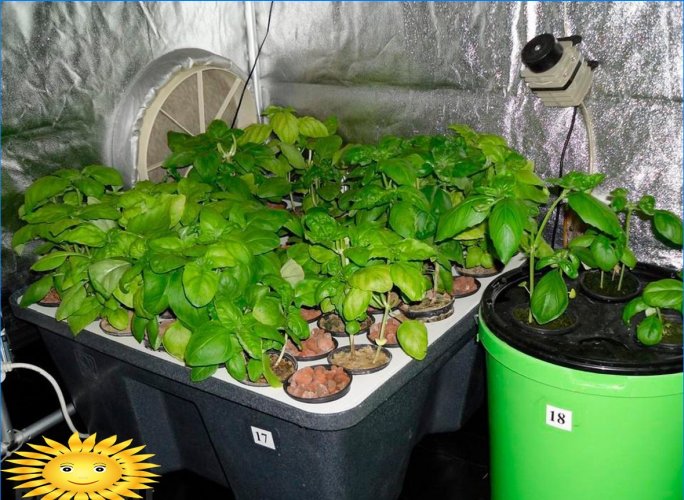
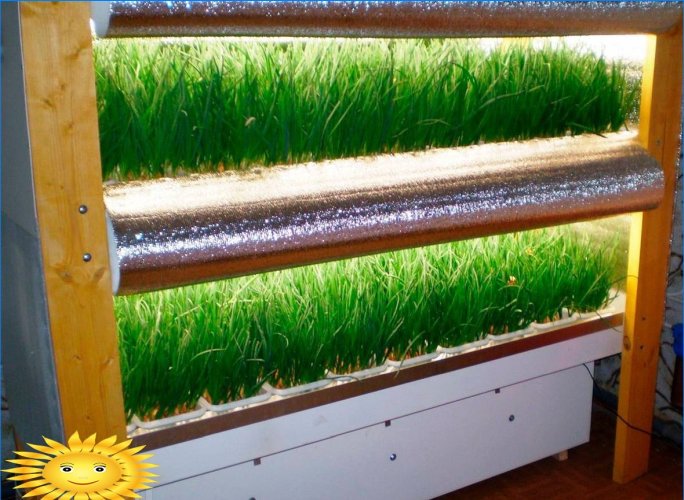

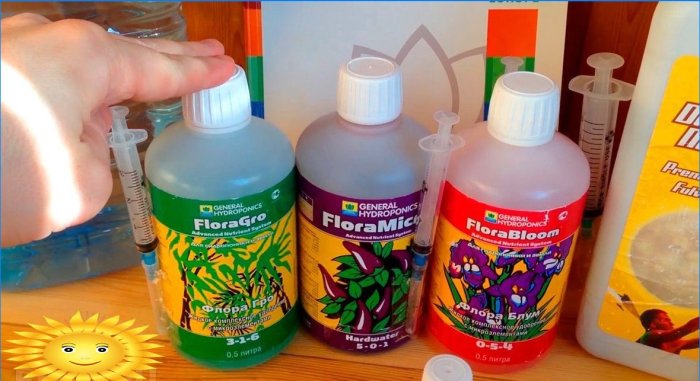

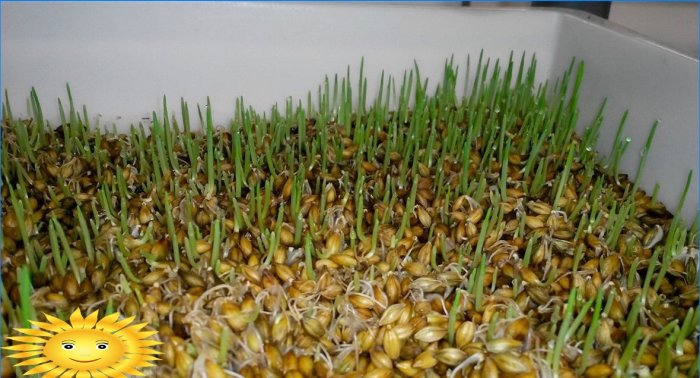


Can you provide any recommendations on the equipment and resources needed for successful hydroponics gardening at home?
To have a successful hydroponics garden at home, you will need a few essential equipment and resources. Firstly, you’ll need a hydroponic system which can be either a Deep Water Culture, Nutrient Film Technique, or Drip System, depending on your preference and space availability. Next, you’ll need a suitable growing medium like rockwool, perlite, or coconut coir to support the plants’ roots. Lighting is crucial, so invest in high-quality LED grow lights to mimic sunlight. A timer is necessary to automate light cycles, ensuring plants receive the right amount of light each day. Nutrient solutions specific to hydroponics are vital for providing essential minerals and nutrients. pH and EC meters are crucial for monitoring and adjusting the pH and nutrient levels of the water. Ventilation is important for air circulation and preventing the buildup of humidity, so consider getting fans and an exhaust system. Finally, don’t forget the seeds or seedlings and a good water source. Regular monitoring, proper maintenance, and research are also recommended for a successful hydroponics garden.
To have a successful hydroponics garden at home, you will need essential equipment like a hydroponic system, suitable growing medium, high-quality LED grow lights, a timer, nutrient solutions, pH and EC meters, ventilation system, seeds or seedlings, and a good water source. Regular monitoring, maintenance, and research are also key. By investing in the right tools and resources, you can create a thriving hydroponics garden and enjoy fresh, healthy produce year-round.
To successfully practice hydroponics gardening at home, you will need a few essential equipment and resources. Firstly, a growing system such as a nutrient film technique (NFT) or deep water culture (DWC) is crucial. These systems allow plants to grow without soil, using nutrient-rich water solutions. Next, you’ll need a water reservoir or tank to hold and circulate the water efficiently.
Lighting is vital for indoor hydroponics, so investing in high-quality grow lights is essential. LED lights are commonly used as they provide the right spectrum for plant growth and are energy-efficient. Adequate ventilation and airflow are also necessary to control temperature and humidity levels.
Monitoring and maintaining the nutrient levels in the water is crucial, so a pH meter and a digital nutrient meter are advisable. Nutrient solutions specifically designed for hydroponics should be used to provide essential minerals to the plants.
Proper containers like net pots or grow cups are needed to hold the plants and their growing medium. A variety of growing mediums like coco coir, rockwool, or perlite can be used, depending on the plants you are growing.
Lastly, hydroponics requires a reliable source of electricity to power the pumps, lights, and other equipment. It’s also important to regularly clean and maintain the system to avoid any contamination or clogging.
Overall, successful hydroponics gardening at home necessitates a well-designed growing system, appropriate lighting, accurate monitoring equipment, suitable containers and growing medium, adequate ventilation, and consistent maintenance.
How practical is hydroponics for the average home gardener? Are there any specific flowers, herbs, or vegetables that thrive under this method? And what are some key factors to consider before starting a hydroponic system at home?